BEER AND CHEESE
words: Don Osborn photos: Mike Marigold & Don Osborn
Over the last thirty years, American beer drinkers have slowly realized, as if awakening from a post-Prohibition slumber, that Saints be praised, beer is infinitely more complex and flavorful than the ever-present light lager. The astounding variety of American and International beer at any good liquor store provides the discriminating beer drinker with a lifetime of new discovery.
Similar to the beer renaissance, fine cheeses are making their way into popular consciousness more each year. How many of us were raised on individually-wrapped slices of bland wobbly cheese scarcely distinguishable from the plastic in which it came? Nowadays, many grocery stores boast an expansive selection of international cheeses along with adequately trained staff to help your make your first forays into this delectable world.
It doesn’t take a psychic to deduce the next logical question. Do you like beer? Hell yes. Do you like cheese? Indubitably. How about beer and cheese paired skillfully together?
Mais oui!

Why Beer?
When Mr. Wine Guy asks why we dare pair cheese with beer instead of wine, we have at least two reasons. While there is nothing wrong with pairing cheese with wine, one finds that the variety of flavors in beer make it a superior choice to accompany cheese.
First, beers’ ingredients are more varied. Simply speaking, wine is made of grape juice and yeast, with possible barrel aging adding some flavor as well. This is not to over simplify or inadequately gloss over wine and all of its refined beauty, but it is what it is. Beer in its simplest form, however, is malted barley, hops, yeast, and water. The number of possible combinations from barley, hops, yeast, and water is much greater than what can be made from grape juice and yeast. Then factor in other fermentable sources like malted wheat, rye, corn, rice, fruit, and refined sugar (like in some Belgian beers), and throw in the possibility of spice additions as in a citrusy Wit beer or zesty Saison. Consider the immense variety of yeasts and the different qualities they contribute. And lastly, ruminate on finishing choices like barrel aging, bottle conditioning, or even funkifying with Brettanomyces or other microbes, and it becomes clear that there is no limit to the variety of flavors a beer
can possess.
Secondly, beer has something that most wine flat-out does not—carbonation. Beer’s prickly carbonation bubbles act as a scouring agent that scrubs the fat of the cheese off your tongue. This cleanses your palette and readies you for the next taste.
Cheese 101
Getting into better cheese can be like getting into good beer. If you don’t know much about it, finding an entry point can be intimidating. There are, however, basic facts about the world of cheese that we can lay on the plate.
Milk • Cheese is made mostly from three different kinds of milk: cow, sheep, and goat. You are already familiar with cow’s milk cheese. Sheep’s milk cheese is often made in areas where raising cows is difficult, like mountainous terrain. Sheep’s milk cheese can vary as much as any other cheese, but more traditional sheep cheeses come from Spain and Portugal. In Greece, sheep’s milk Feta is popular. Goat‘s milk cheese is known to have a somewhat tart or sharp character. Chevre is French for “goat,” but goat’s milk cheese comes from a number of places in addition to France, including Spain, Portugal, the United Kingdom, Greece, Norway, Italy, and China.

Processing • Ripened, pressed, unpressed, cooked, uncooked, molded… what does it all mean? There is no need to get bogged down in the details right now, but be aware that there are different ways cheeses can be made as well as different milk types that can be used. These various methods produce a wide variety of flavors, from the creamy smooth buttery Triple Cream, to the biting sharpness of aged Cheddar, to the funky stank of a potent Blue.
Texture • Soft, semi-soft, hard, or semi-hard are some of the different textures you will find. Again, you might find you prefer one type over another, but don’t fail to try other textures at least once.
Location • The same cheese made in different countries, or even in different regions of the same country, can vary quite a bit. I suppose this is similar to beer. Some countries are known for exquisite examples of specific cheeses and you might want to investigate those.
The Rest • Other choices you will encounter are shape (wheel, wedge, etc.), color, and even a variety of different rinds. Again, at an early point in your cheese career you need not get concerned about this other than being generally aware of the possibilities.
Size of producer • So you think size matters? In some cases smaller might be better. “Artisanal” is a term that refers to cheese made in smaller batches and produced by traditional methods as opposed to a more mass-produced product. This doesn’t necessarily make artisanal cheeses better, but they will often carry a local flavor and quality that might be hard to find elsewhere. Besides, supporting smaller and local producers is a big part of the Craft Beer movement, so for many it is a natural tie in. Your local cheese shop staff can point out some artisanal cheeses if you are interested.
Speaking of your local cheese shop, your best starting place is to find a grocery store with a solid selection, if not a cheese shop itself. Look in your yellow pages for cheese shops, or find a market like Whole Foods or other upscale grocer. Most likely they will have a cheese expert, somewhat oddly known as a “cheesemonger,” or at least knowledgeable staff. Don’t be afraid to approach these people and ask questions.
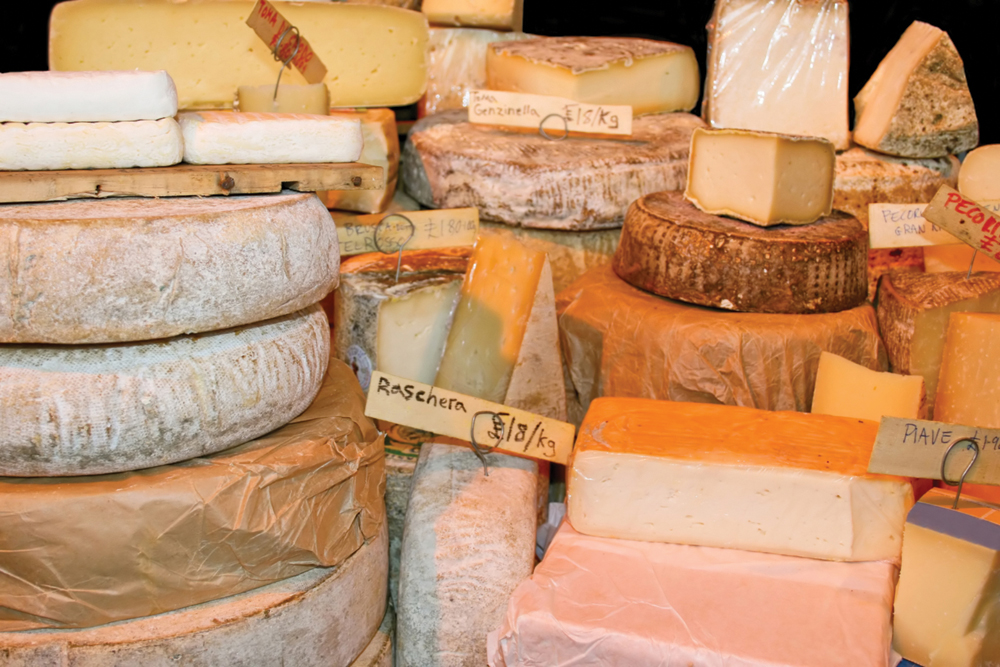
They will have good suggestions and quite likely will be willing to provide samples. Maybe you are interested in trying a hard cheese made from sheep’s milk, or a sharp goat’s milk cheese. Don’t forget to mention what kind of beer you are interested in pairing as they might have suggestions for that too.
Some Pairing Examples:
These pairings are only a beginning. Use them to start pairing beer with cheese or to inspire your own ideas.
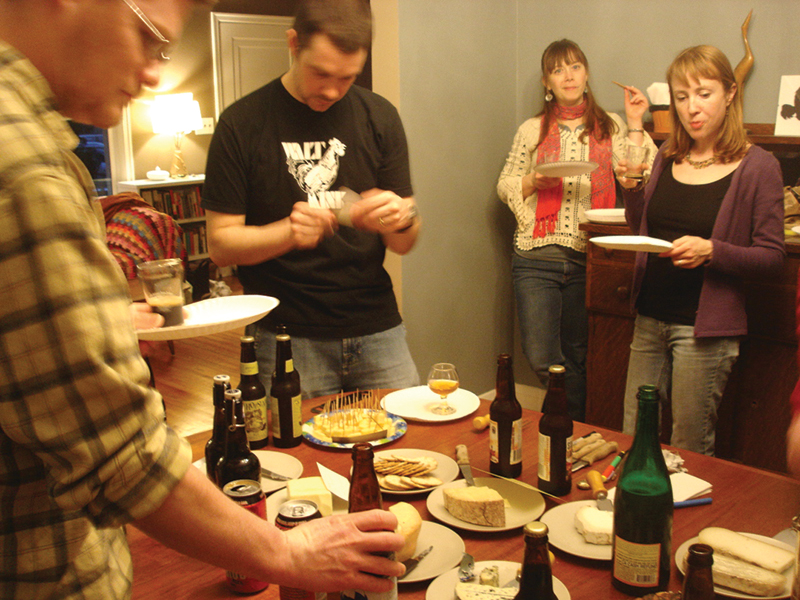
• Hefeweizen and French Sheep’s milk Feta.
• Helles or Maibock with Portuguese Chevre (goat’s milk cheese).
• Pilsner with Monterey Jack or mellow white Cheddar.
• Brown Ale with Gouda or Colby.
• Barleywine or English Old Ale with Gorgonzola, Stilton, Roquefort or other blue cheese.
• Belgian Strong Golden (ex: Duvel, Lucifer, Pranqster, Affligem Blond) can also be paired with blue cheese (see above for types).
• Belgian Dubbel (ex: Chimay Red, Westmalle, Koningshoeven, Ommegang Abbey) with Camembert (unpasteurized cow’s milk).
• Pale ale with Provolone or Asiago.
• IPA with sharp Cheddar or aged Parmesan.
• Bock or Oktoberfest with Gruyére or Swiss.
• Smoked Porter or Rauchbier with Pepper Jack or some cheese with a little heat (ex: jalapeno).
• ESB or Scotch Ale with Havarti (Danish cow’s milk cheese).
• Saison, Farmhouse Ale, or Biere de Garde with rich French Brie.
A Nice Pair
Once you have either your beer or your cheese, it is time to pair them up. There are a couple different ways to go about this.
First, you want to match the intensity of the cheese with the intensity of the beer. You would not want to pair a chocolaty, roasty, somewhat boozy, barrel-aged Imperial Stout with a mild Swiss. The beer would overwhelm the cheese and make it difficult to appreciate the Swiss. Perhaps a better beer for that cheese would be a refreshing Helles, Kolsch, Cream Ale, or Pilsner, matching mild with mild. For the Imperial Stout you might try a somewhat stinky Blue cheese.
Next, consider looking for complimentary flavors. Many cheese and beer types share similar flavors. A Brown ale can have a nutty component not unlike Gouda. A Belgian Dubbel might share earthy flavors with a soft-ripened Brie. Look up a flavor chart for different cheeses and find terms that you can relate to beers with which you are familiar.
If you’re feeling cheeky and you don’t want to find similar flavors, you can look for contrasting ones. This is where you can get creative, and while you might occasionally strike out, these are also the pairings that can be the best of the night. Inspired by a Jalapeno Rauchbier (smoked beer) I once made, I paired Alaskan Smoked Porter with a habanero cheese. It turned out the cheese had too much heat for the beer, but the idea was good and you can hopefully see my point. Smoke flavor plus a little heat from peppers can combine for a nice mix, not unlike how sweet flavors and pepper heat are an enjoyable contrast when
put together.
Perhaps another example of using contrasting flavors would be to use a cow’s milk cheese that has creamy, smooth flavors and pair it with a fruity beer, like a Hefeweizen or Belgian Trippel. The two individual flavors combined might make you think of a fruity ice cream.
FINAL THOUGHTS
Trust your palette. if a pairing works for you, then it works.
Experiment. Sometimes the craziest ideas are the best, or at least the most memorable. Many wonderful flavor combinations were discovered by experiment or accident.
Don’t be intimidated. You don’t have to know much about cheese to get started and you probably already know a little about beer. Head to the cheese shop and don’t be afraid to ask questions. All you need to know is what kind of beer you have and they can help with the rest.
Plan a party. Invite some friends and ask each to bring a thoughtful beer and cheese pairing. You will enjoy the variety and creativity on your table.
Seek and you shall find. Look for the pairings that together create something more interesting than their individual parts. When that happens, it’s sublime, and all of your research is well rewarded.



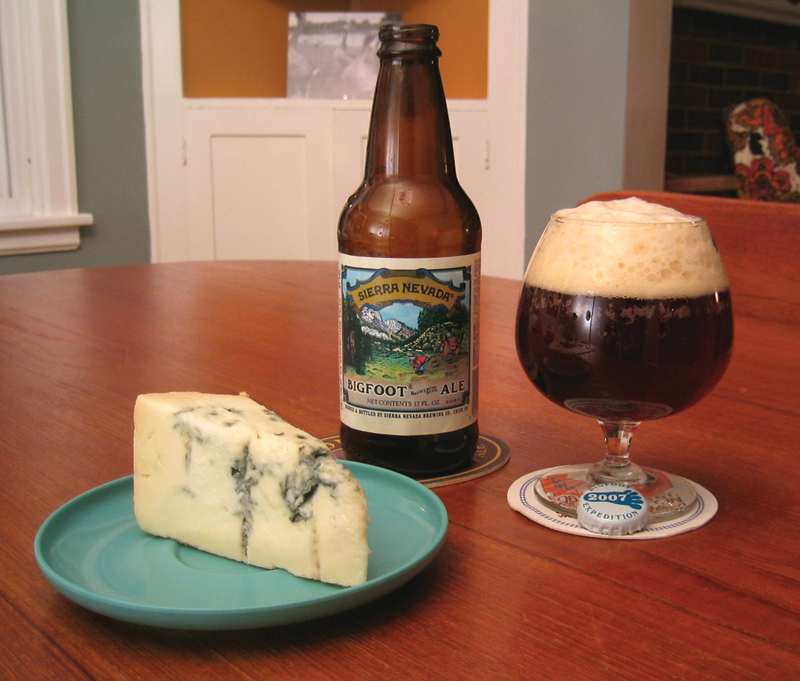
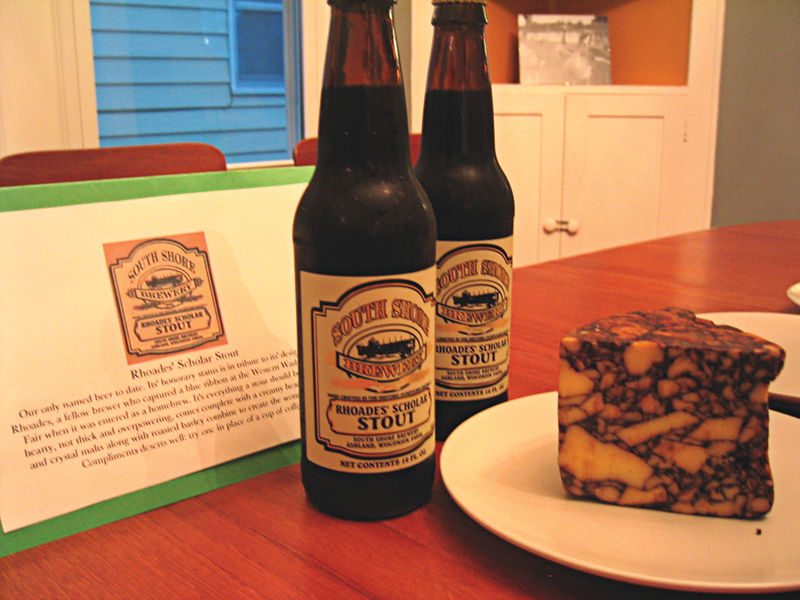
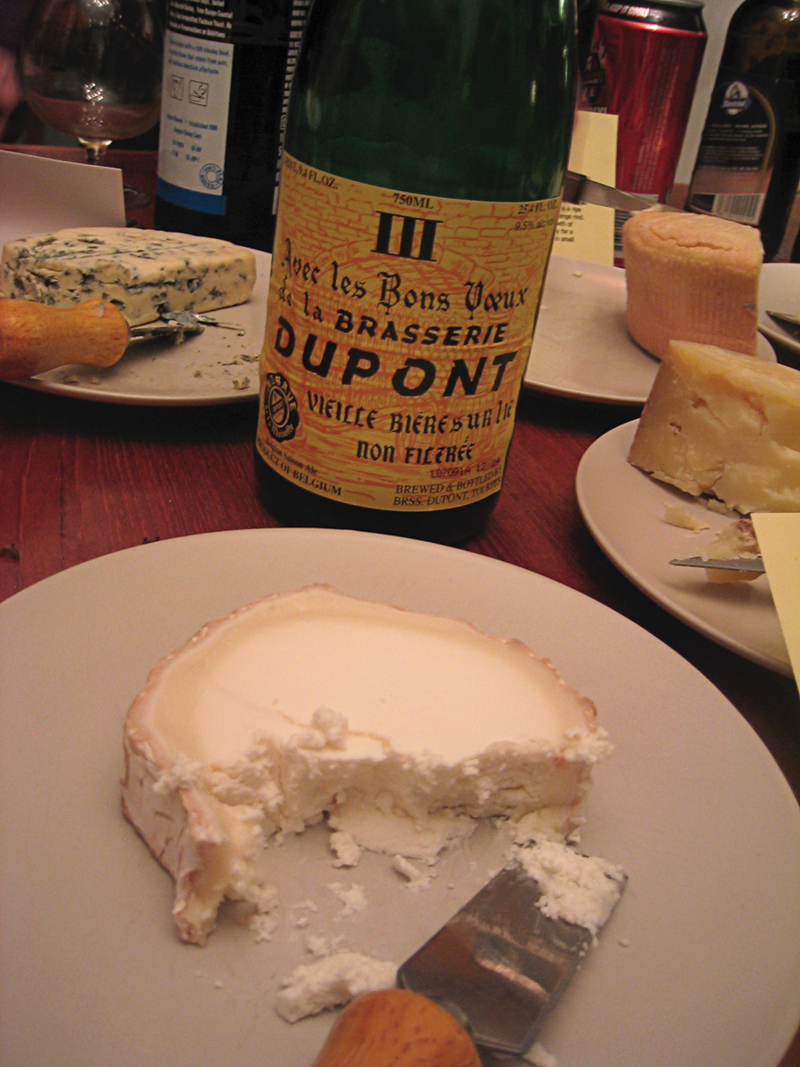
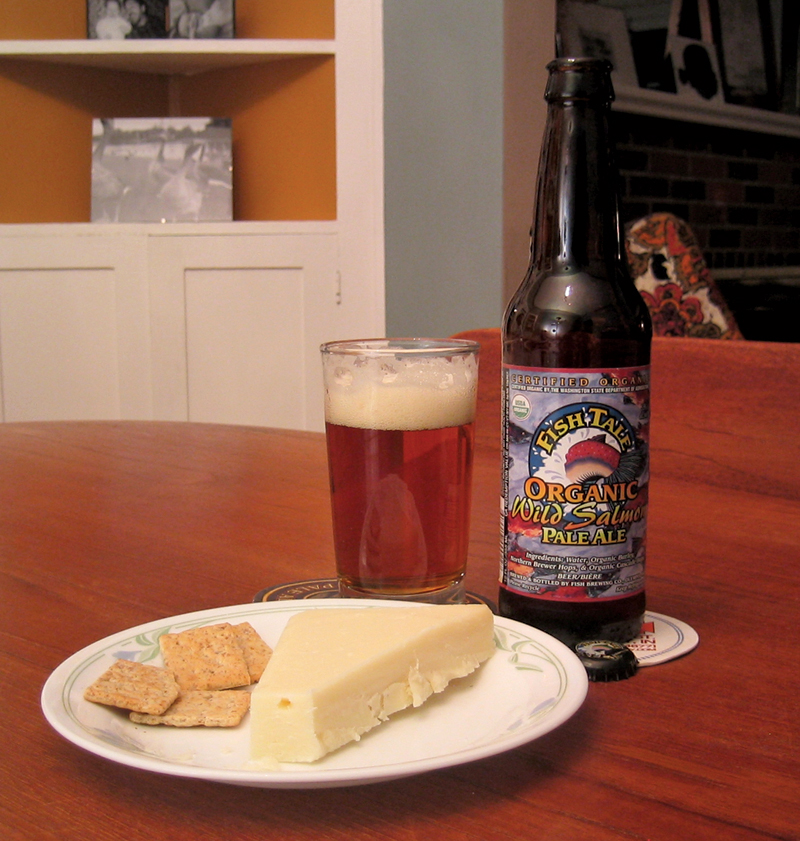
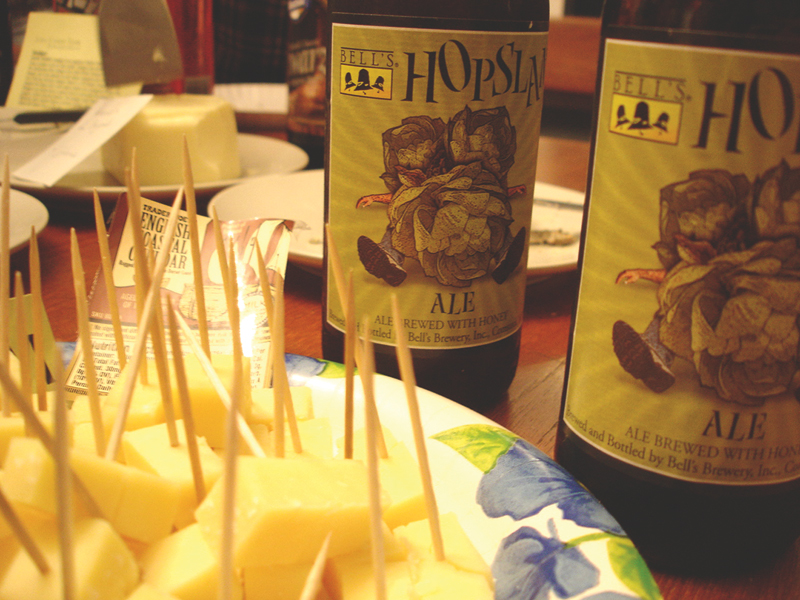
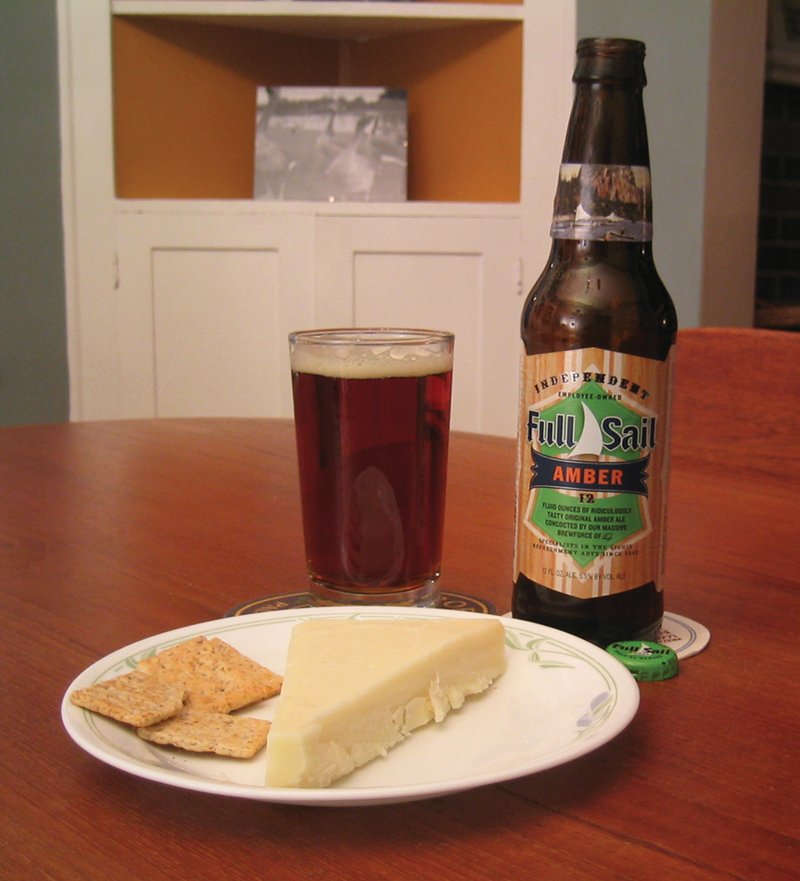
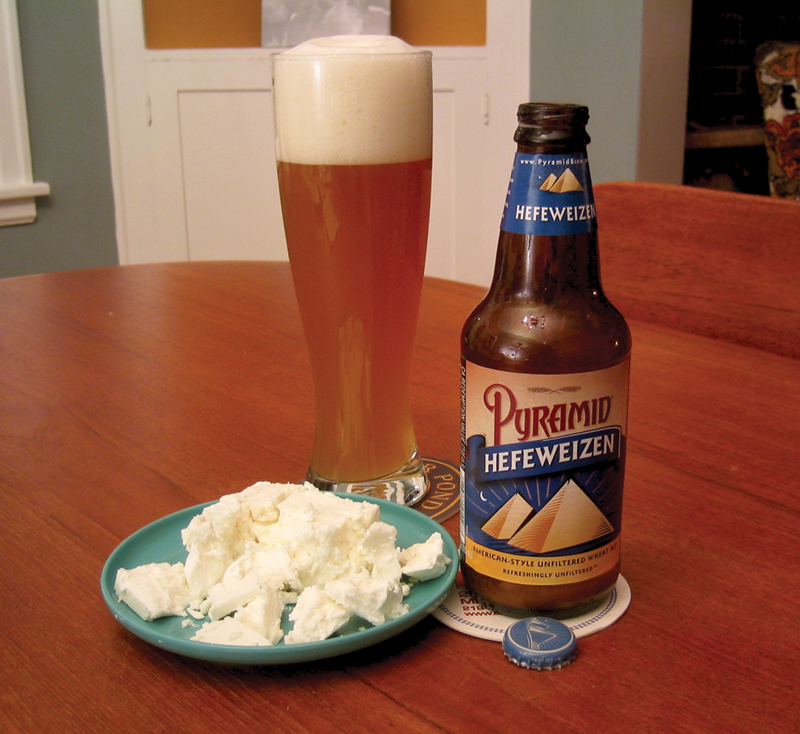
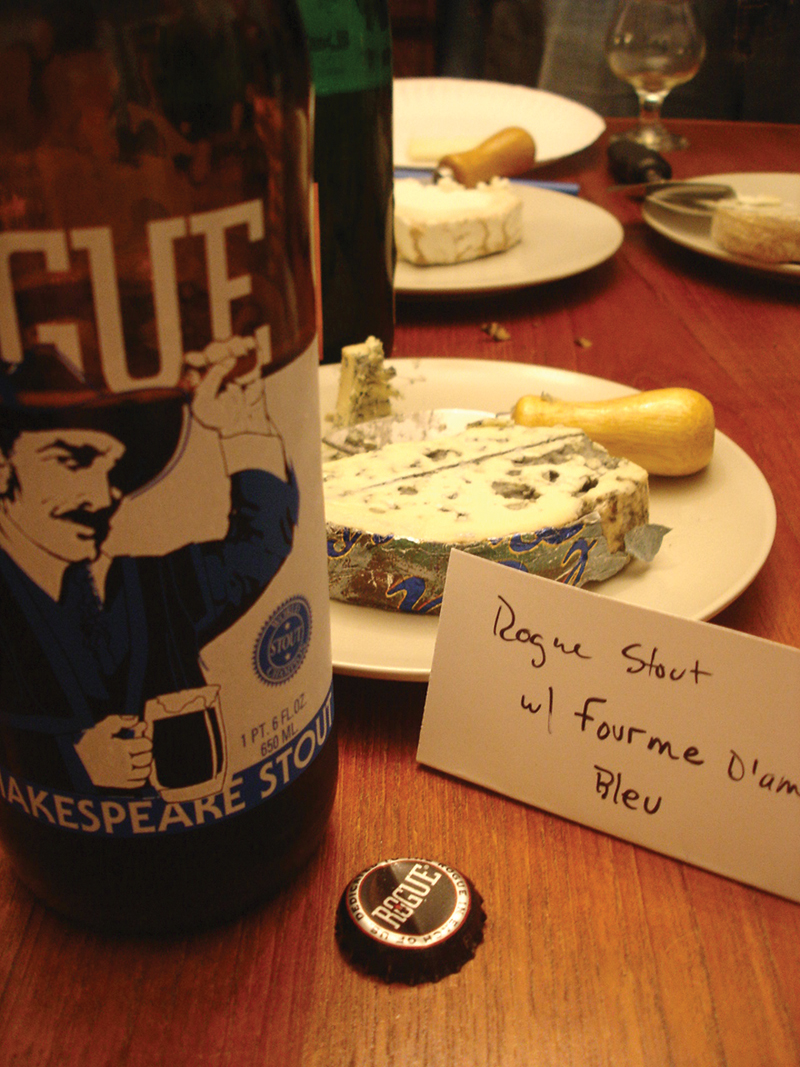
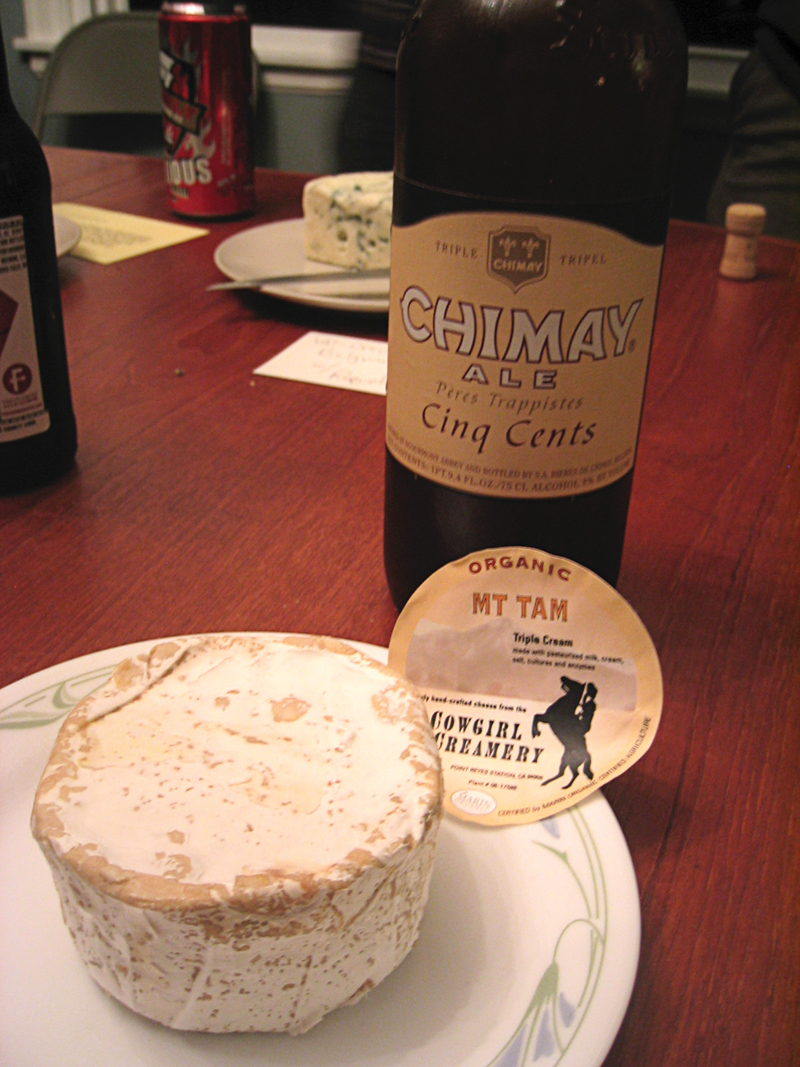
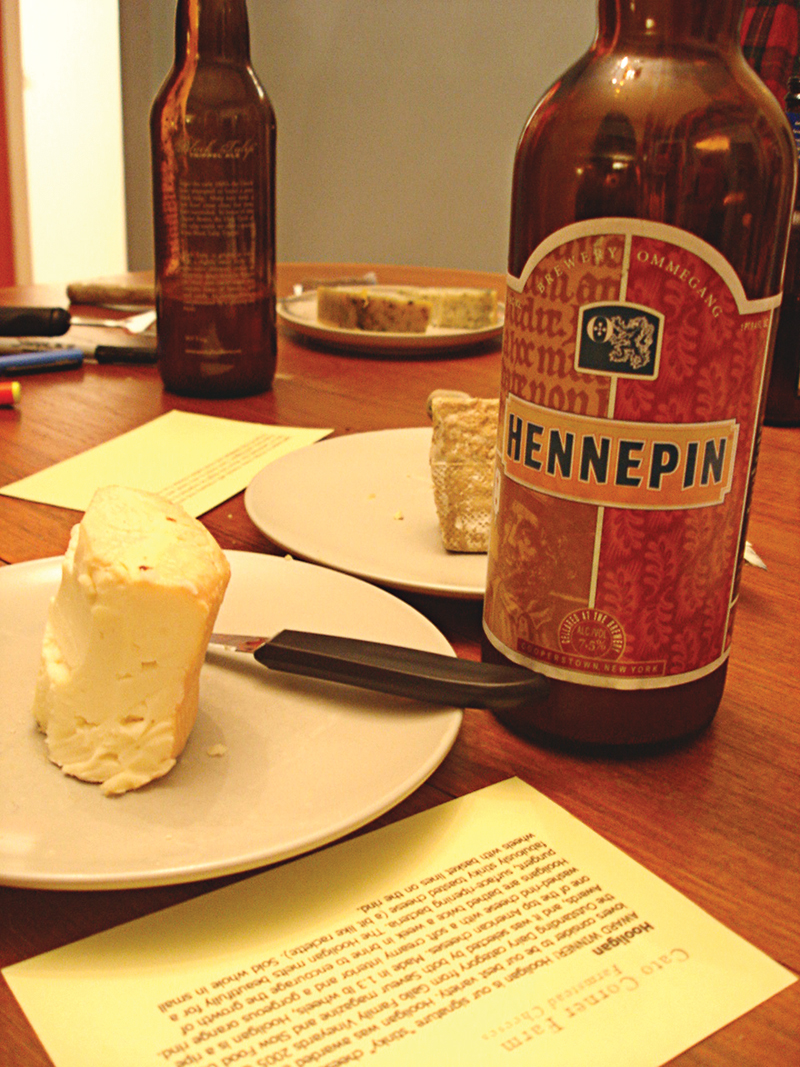
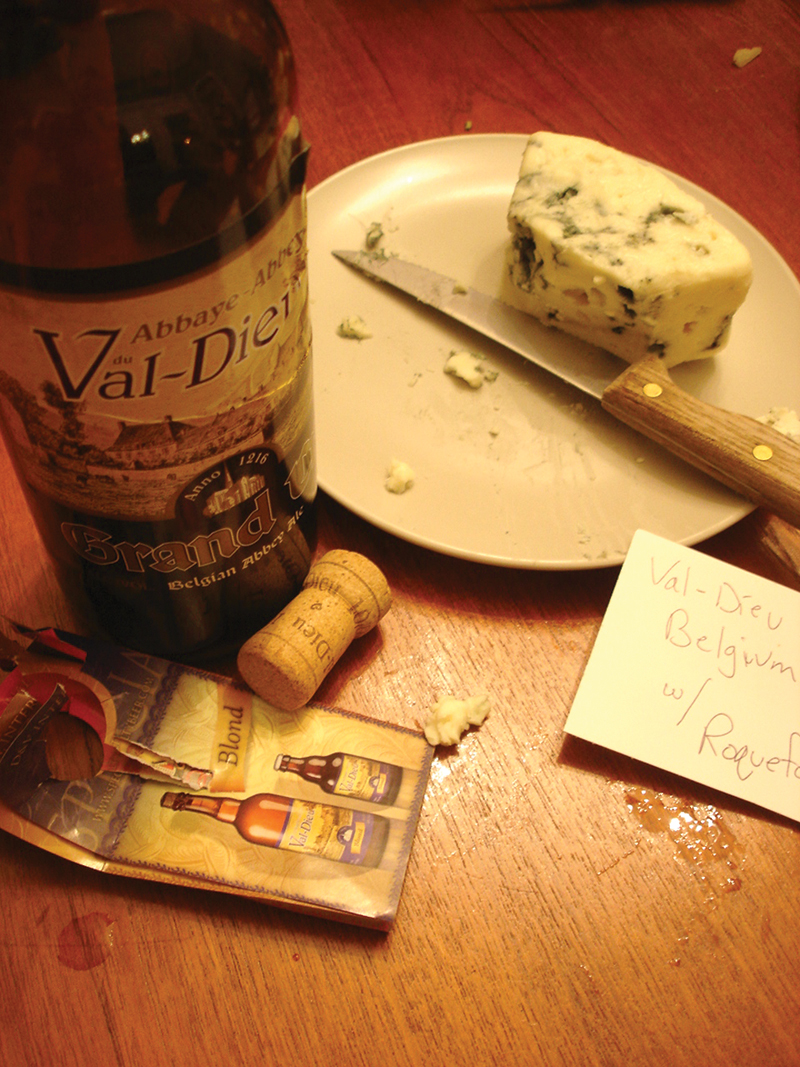
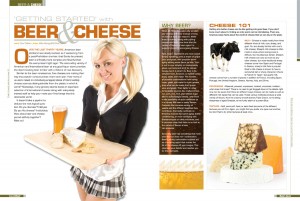

Great article.
I look forward to more ways to enjoy your magazine and more beer. Not necessarily in that order.
Salute
Looks like the research for this article was a lot of fun!